I try to solve the following 2D elliptic PDE electrostatic problem by fixing the Parallel plate Capacitors code. But I have problem to plot the circle region. How can I plot a circle region rather than the square?
% I use following two lines to label the 50V and 100V squares
% (but it should be two circles)
V(pp1-r_circle_small:pp1+r_circle_small,pp1-r_circle_small:pp1+r_circle_small) = 50;
V(pp2-r_circle_big:pp2+r_circle_big,pp2-r_circle_big:pp2+r_circle_big) = 100;
% Contour Display for electric potential
figure(1)
contour_range_V = -101:0.5:101;
contour(x,y,V,contour_range_V,'linewidth',0.5);
axis([min(x) max(x) min(y) max(y)]);
colorbar('location','eastoutside','fontsize',10);
xlabel('x-axis in meters','fontsize',10);
ylabel('y-axis in meters','fontsize',10);
title('Electric Potential distribution, V(x,y) in volts','fontsize',14);
h1=gca;
set(h1,'fontsize',10);
fh1 = figure(1);
set(fh1, 'color', 'white')
% Contour Display for electric field
figure(2)
contour_range_E = -20:0.05:20;
contour(x,y,E,contour_range_E,'linewidth',0.5);
axis([min(x) max(x) min(y) max(y)]);
colorbar('location','eastoutside','fontsize',10);
xlabel('x-axis in meters','fontsize',10);
ylabel('y-axis in meters','fontsize',10);
title('Electric field distribution, E (x,y) in V/m','fontsize',14);
h2=gca;
set(h2,'fontsize',10);
fh2 = figure(2);
set(fh2, 'color', 'white')




